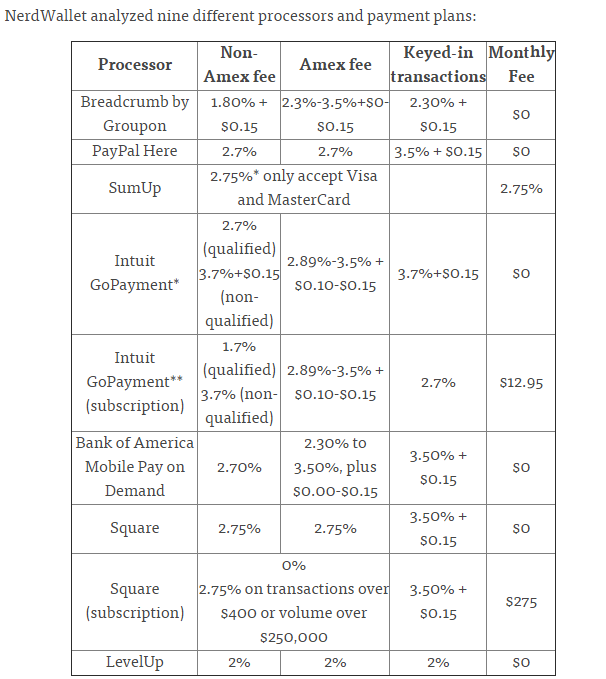Mobile payment solutions aren’t new, but they’ve only recently taken hold of the imagination of the mainstream market. In 2015, Forbes referenced a NerdWallet study to put together their list of best mobile payment systems, suggesting these solutions were still fairly niche, and found Breadcrumb, PayPal and Square leading the pack. Today, there’s a much broader range of mobile payment solutions available, and both small and large businesses are taking advantage of these applications to provide their consumers with convenient and safe payment systems.

Apple Pay is a top choice among US consumers using mobile payment methods, and a recent survey found that 25% of smartphone owners believed they would likely use a mobile payment app in the near future. Security concerns are fading as consumers become more familiar with the idea of mobile payment applications and apps ranging from mobile wallets to peer-to-peer mobile payment solutions to phone-only payment apps are storming the market.
Samsung announced the launch of its Samsung Pay mobile wallet service in South Korea earlier this year as a strong competitor to Apple Pay, and Android Pay will soon provide a host of US debit and credit card services to hundreds of thousands of stores. CurrentC has been developed by a consortium of retailers under the Merchant Customer Exchange, including Target Corp, BestBuy Co Inc. and Wal-Mart Stores Inc., and will first roll out in selected retailers in Columbus, Ohio. The hope is that CurrentC will improve the adoption rate of mobile wallet apps – currently only 4% of all US payments are made through mobile wallets, and outside of the US this percentage is even smaller.
Payment apps created by specific stores for their customers only are likely to have a lower adoption rate but do provide far greater branding opportunities and tailored solutions. These systems are built from scratch to match the needs of the particular organization, and Starbucks’ solution has been so effective that it facilitates almost five million mobile payments per week without any reliance on third-party applications. Branded payment apps also have the advantage of loyalty integration and customer analytics and intelligence reporting. The downside, of course, is that these systems are typically more expensive and logistically complicated than the implementation of a third party payment app.
And it’s not only the big players making their mark. PayPal recently acquired mobile payment startup Modest. Their app will give merchants the ability to add buy buttons to their products, much like Pinterest’s Buyable Pins. LevelUp provides mobile payments and rewards programs to over 14,000 businesses and offers a strong selection of tools providing clients with analytics, mobile solutions, and integrations. Currency Cloud allows customers to make payments securely as they move around the world, fully automating the global payment cycle, and Venmo lets users pay by text. Many of these startup payment apps are refining the mobile payment systems thus alleviating consumer security and usability concerns.
Wearables are definitely trending, and one of the top benefits is the mobile payment solutions offered. Early this year, Cisco Systems forecast that wearables connecting to networks would increase by 530% by 2019, and with Apple Watch’s launch giving consumers the chance to swipe their wrist instead of their cards, it seems mobile payment solutions will stay top of mind as wearable technology permeates society.
MEF’s 2015 Global Mobile Money report identifies nine global mobile money trends and drivers including the belief that in-store proximity payments will rise, social media is the future of commerce, and seamless authentication and convenience is important for the progress and adoption of mobile payment systems. Though the application of these systems is still limited and adoption gradual, the change has begun, and it won’t be long before these applications are as integrated into our society as mobile phones themselves.
By Jennifer Klostermann





